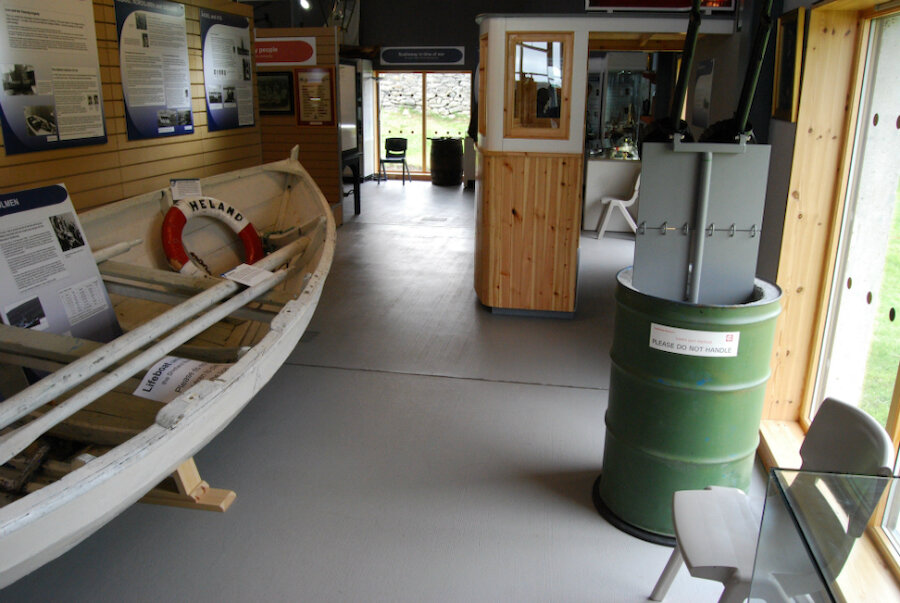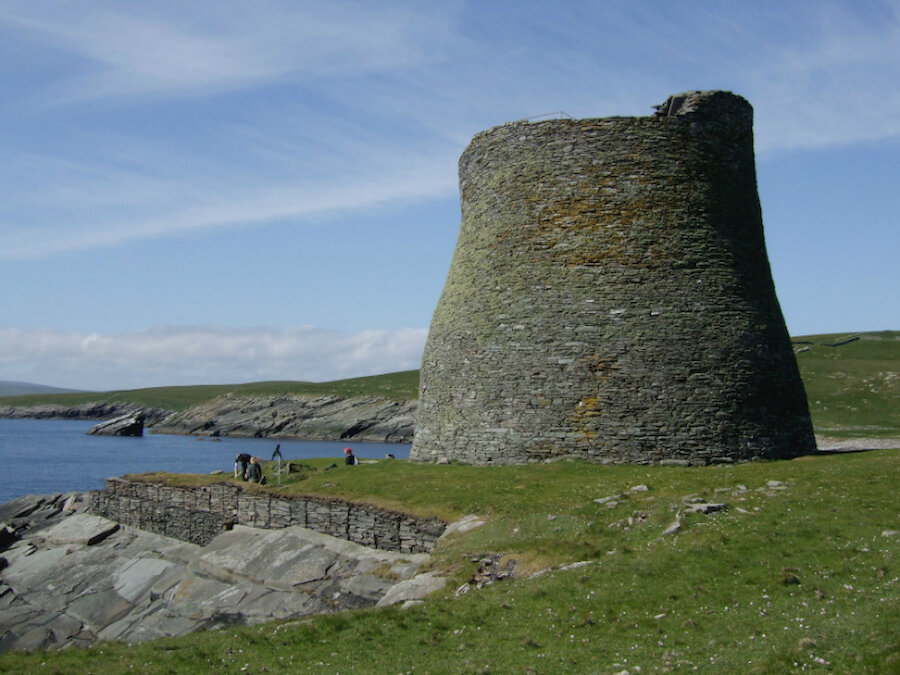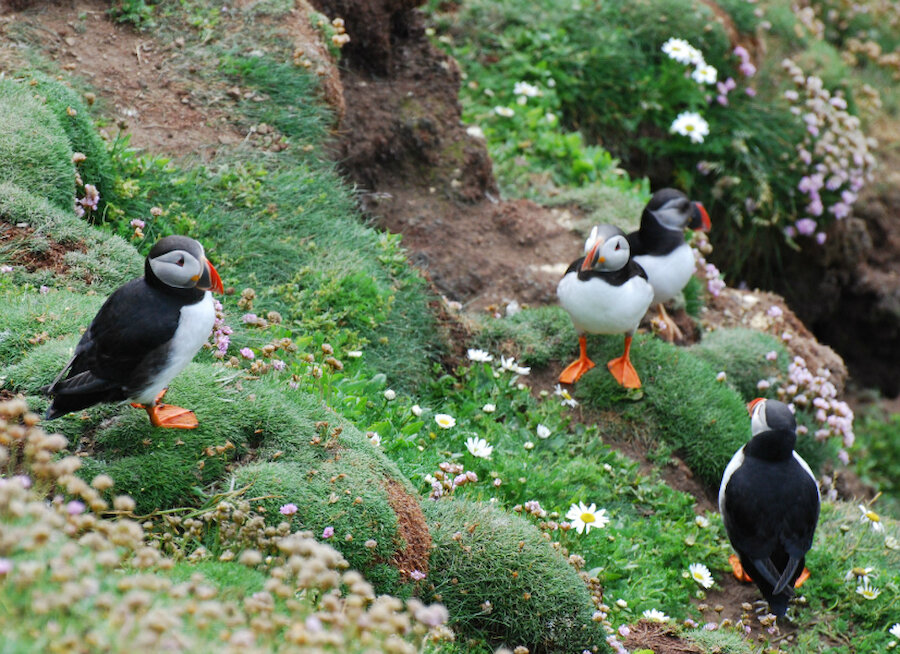I’m regularly asked to suggest itineraries for visits to Shetland; often, the visits that people are planning are very short, perhaps just two or three days, and those who arrive on cruise liners typically have just a day to experience what the islands have to offer.
Any trip to Shetland will live in the memory, for it’s a remarkable place in so many ways, and the shortest of trips may well create an unquenchable desire to come back and stay longer.
One of the reasons that people plan quite short visits is that they may not realise just how large Shetland is. The compressed version of the islands that appears on ‘tilted’ television weather maps doesn’t help. The reality is that, driving on mostly excellent, fast roads, it takes around two hours to drive the length of the mainland, and around three if visits to Unst or Fetlar are to feature.
The first recommendation, then, is that if you’ve allowed two days, you should – if travel arrangements allow – add at least one more. However, if a longer visit isn’t possible, here’s a quick guide to what you might do, assuming that you have just those two full days. In fact, you could easily spread these suggestions over three or four more relaxed days, especially if civilised pauses for tea and cake are required. I’ve tried to include options that reflect a range of interests.






